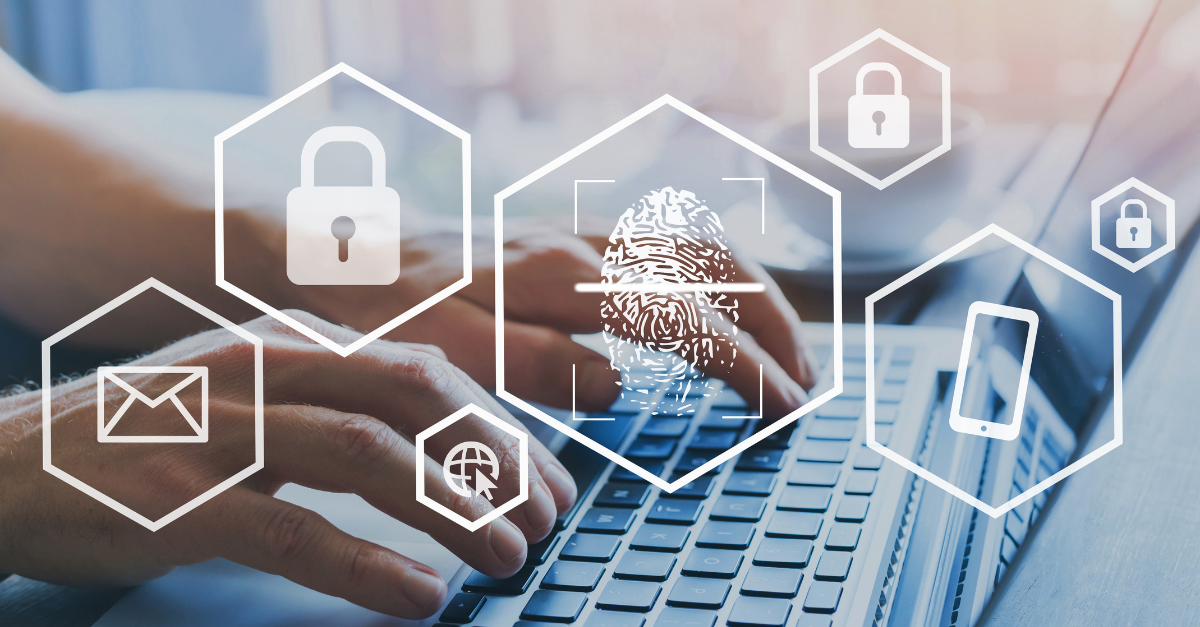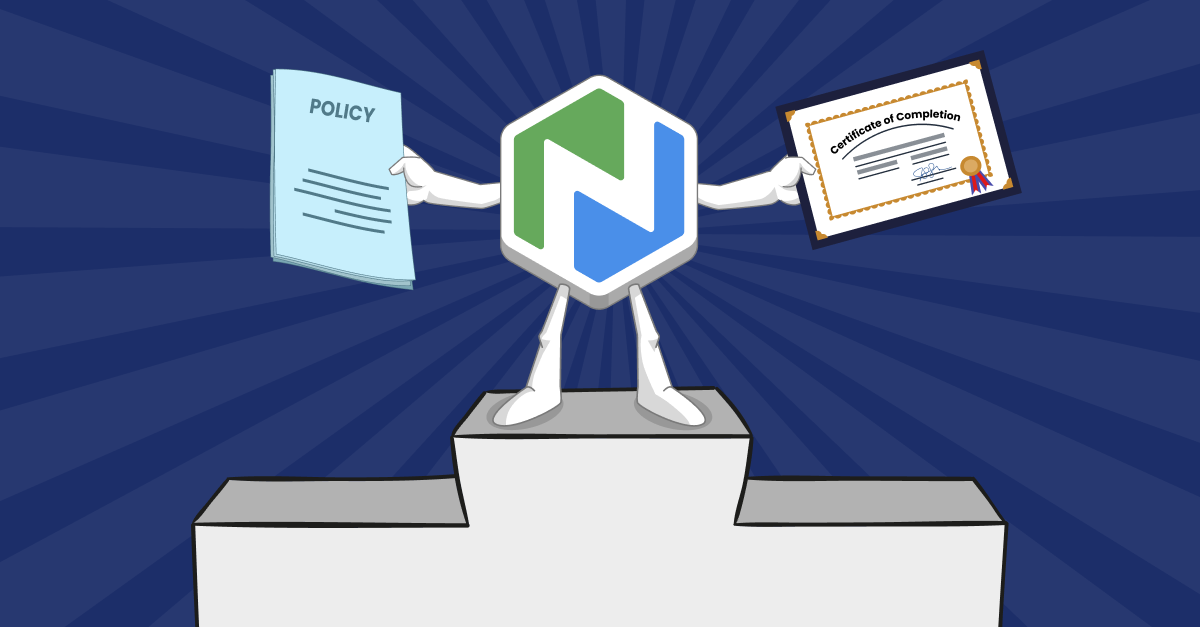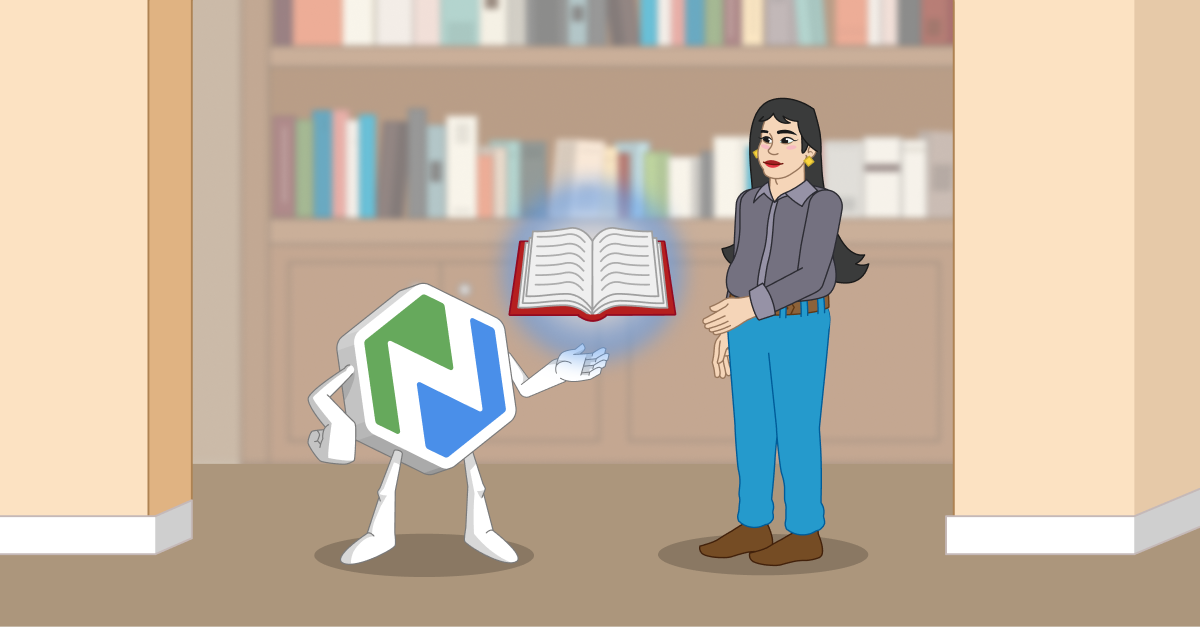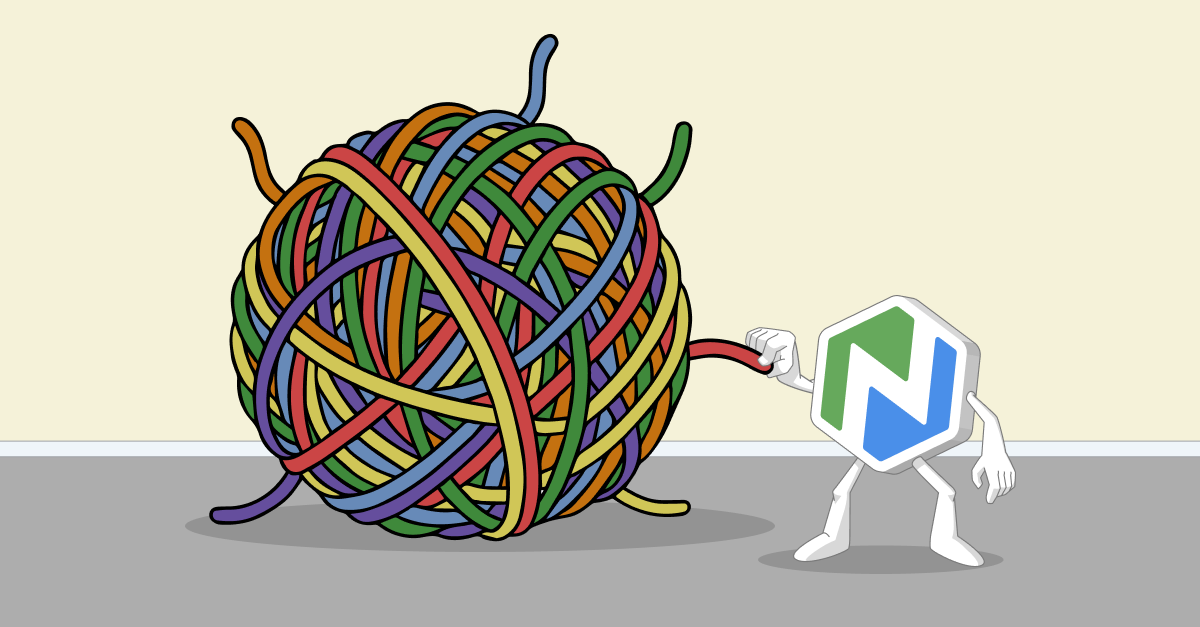3 Reasons to Teach Digital Literacy (And 3 Ways How!)
Digital literacy includes skills that align with information literacy instruction, from critical thinking to navigating systems. Learn more about how you can teach these skills to your students.

As a librarian, you’ve witnessed huge changes in how people interact with information—and the pace of change isn’t likely to slow down. It’s hard to keep up, but keeping up with change is part of what you do. And as the way people create and consume information online continues to evolve, it’s important to prepare students to think carefully and critically about their digital lives.
Just because everyone is connected all the time doesn’t mean everyone is digitally literate. As a Cambridge University Press blog post points out, “Just as repeatedly jumping into a swimming pool with no support or instruction won’t improve our swimming technique, using a computer every day doesn’t automatically develop our Digital Literacy skills.”
Teaching digital literacy is an increasingly important part of producing information-literate students. The skills needed for digital literacy include critical thinking, communication, processing and analyzing information, self-awareness, and problem-solving—not to mention the systems and technical skills that overlay all these.
Helping students develop digital literacy skills is a daunting task, but one which academic librarians—especially information literacy instructors—are up for.
What is Digital Literacy?
Let’s start by defining digital literacy. Some definitions focus on the ability to find, assess, and use information with digital tools. That’s practical and easy to grasp, but leaves out online content creation, which is a big oversight.
Others are more academic, like Renee Hobbs's definition of digital literacy as “the technical, cognitive, and social competencies, knowledge, and skills needed to communicate effectively and to participate in the contemporary knowledge economy.” But this kind of definition can be a bit too abstract to share with students.
I personally like this clear, comprehensible definition from Western Sydney University: “Digital literacy means having the skills you need to live, learn, and work in a society where communication and access to information are increasingly through digital technologies like internet platforms, social media, and mobile devices.”
While there’s no standard definition for digital literacy, there are reasons you should incorporate it into your teaching. Read on to learn why—and some tips on how!
Why You Should Teach Digital Literacy
Employers expect digitally literate graduates. A 2022 piece by the BBC was blunt: digital literacy is “non-negotiable”. Remote and hybrid work is a key feature of the post-Covid employment landscape, so job seekers with digital literacy skills have a distinct advantage. And they need more than just skills—the ability to adapt to and adopt new technologies is a key part of a digitally literate mindset. So even if you can’t teach the exact skills they’ll need for a job, teaching students how to engage with new tools critically prepares them for whatever comes their way.
Students are creating more content than ever. The days of students simply being information consumers are long gone. Many students are active content creators—even if it’s just on TikTok. And online content creators need various skills, including research, SEO optimization, promotion, writing, filming, and editing—to name just a few. They also need to know about the legal and ethical aspects of content creation. You may already be teaching copyright and intellectual freedom; tying these concepts to content creation can make them more impactful.
They might not learn it anywhere else. Depending on their major and how much their instructors have to cover, students may not get digital literacy instruction in their classes. Some are likely self-taught. And because of the sheer scope of digital literacy, many probably know less than they think. Offering instruction via one-shot sessions, specialized workshops, custom research guides, or ready-made tutorials may be the only way some students are explicitly introduced to digital literacy.
How to Teach Digital Literacy
Find a fit within their majors. Digital literacy is closely linked to information literacy, so you don’t have to reinvent the wheel. Integrate digital literacy into your current instruction by reading the literature or talking with instructors to find the skills and dispositions most relevant to students in your disciplines. Maybe it’s teaching them how algorithms work. Or focusing on how they can protect original online work. Maybe you want to concentrate on a highly technical, discipline-specific aspect of digital literacy that will make students more competitive after graduation. If these are standard topics in your research classes, congratulations! You’re already teaching digital literacy!
Connect it to the “real world”. Even if an instruction session is tied to a research assignment, you may have classes where students just don’t want to be there. Linking instruction to real-world problems and situations can help engage students. Try to connect digital literacy instruction to issues students encounter in real life, like scams, hacking, and how the data they create controls what they see online. Making digital literacy instruction less abstract helps students connect what they’re learning to what they’re doing online.
Learn digital literacy together. Being a digital native isn’t the same as being digitally literate. But students do come into the classroom with their own knowledge and experience. I always loved those moments when students surprised me with something they knew that I didn’t. It was a great opportunity to let them teach me. That process of co-creating knowledge is messy and scary, and it may seem crazy to give up what little time you have with students for an unscripted conversation. But sometimes throwing out the lesson plan can be a great thing. Listen closely and link what students tell you with what you want them to know. You’ll get better at thinking on your feet and may find unscripted classes are the most successful, rewarding, and engaging sessions you’ll have!
More Ways to Teach Digital Literacy
Incorporating digital literacy into your teaching might seem overwhelming. But digital literacy aligns with the information literacy instruction you’re already offering. There’s a good chance you are already teaching some aspect of it, and at Niche Academy, we can help you extend that reach without a lot of extra work.
Our digital literacy tutorials cover real-world issues that are immediately relevant, like Addressing Your Digital Footprint and Assessing Your Online Risk. And because they’re all mapped to the ACRL Framework, you can feel comfortable including them in information literacy instruction. Use them to flip the classroom before a one-shot session or embed them in course pages in the campus LMS to deliver quality instruction wherever and whenever students are online. Built-in assessments help you collect data on the impact of instruction and connect with students who need extra instruction.
Start a free trial to get a sneak peek at some of our learning content and see how you can incorporate digital literacy instruction on your campus.

.png)
.png)

.png)
.png)
.png)

.png)
.png)

.png)
